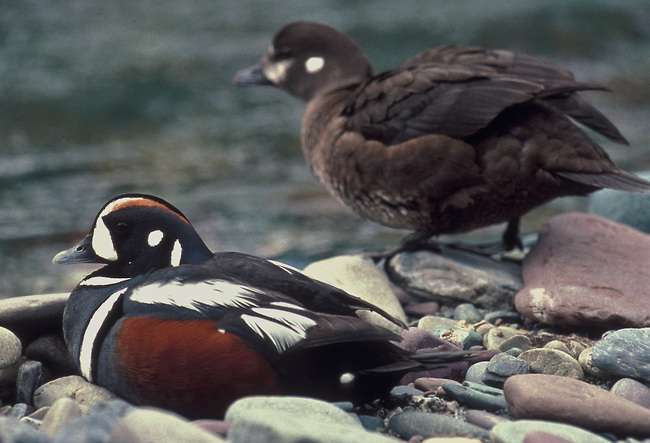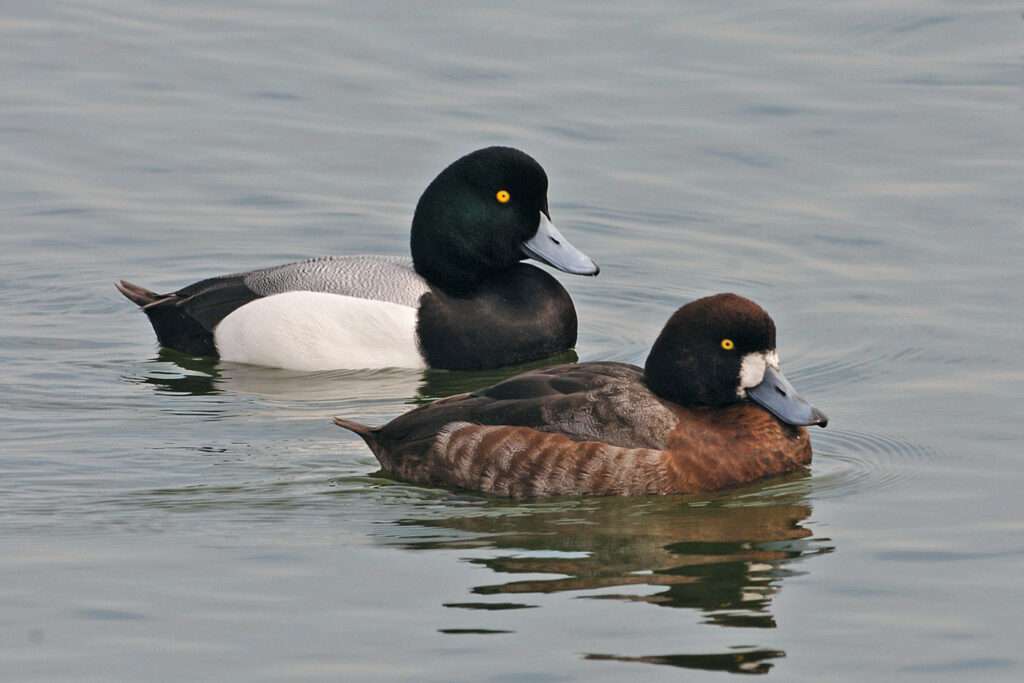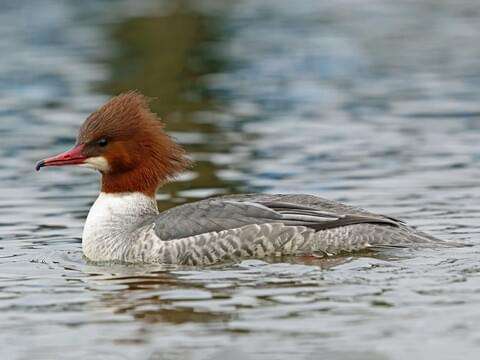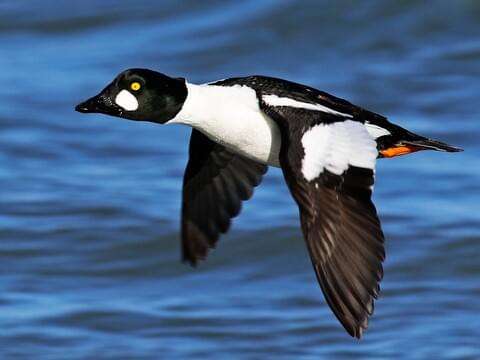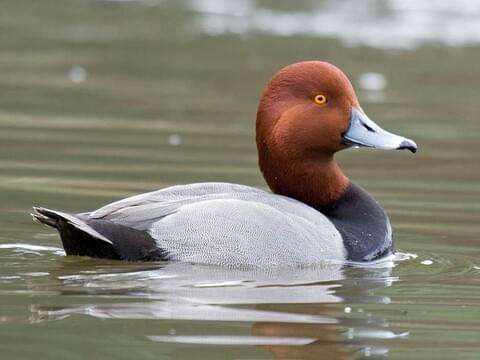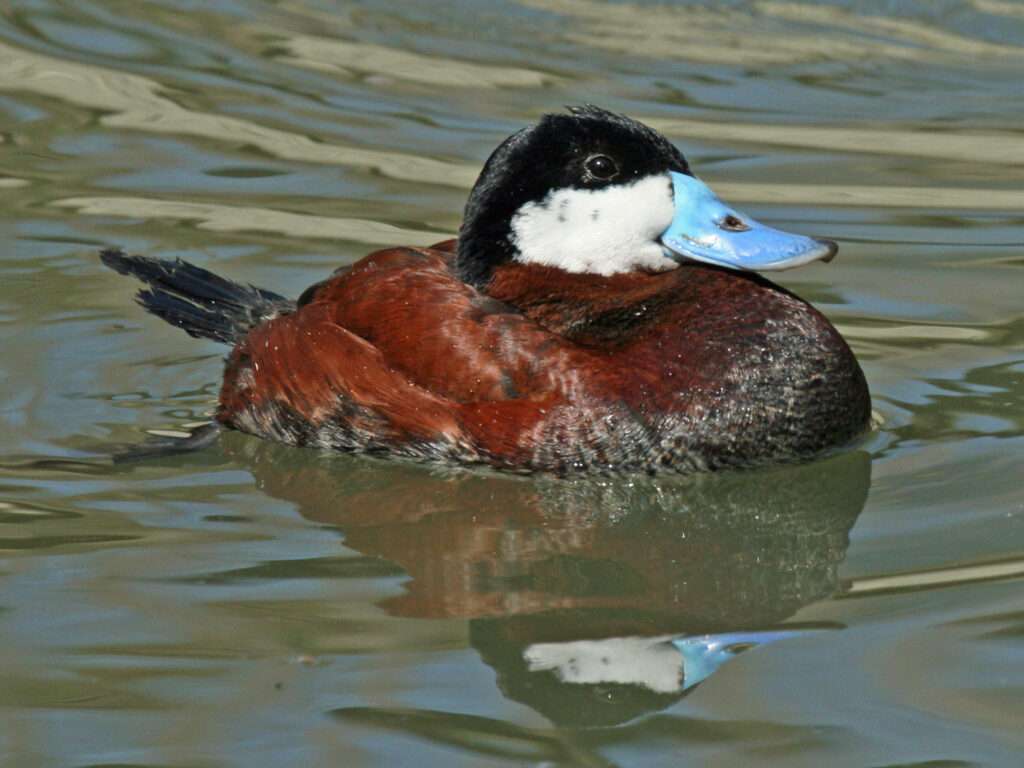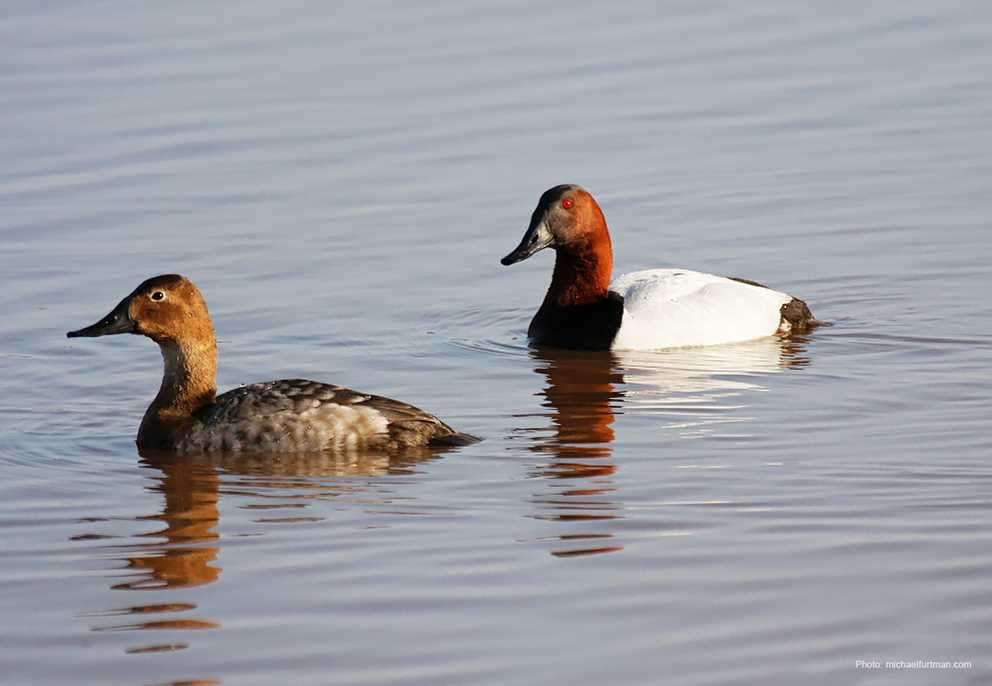Black Scoter Duck
The American scoter, often known as the black scoter, measures 43 to 49 cm (17 to 19 in) in length. The words “black” and “duck” in Ancient Greek are combined to form the genus name. The Latin word for “American” is derived from the species name. Fun Fact On occasion, the Black Scoter will swim […]



